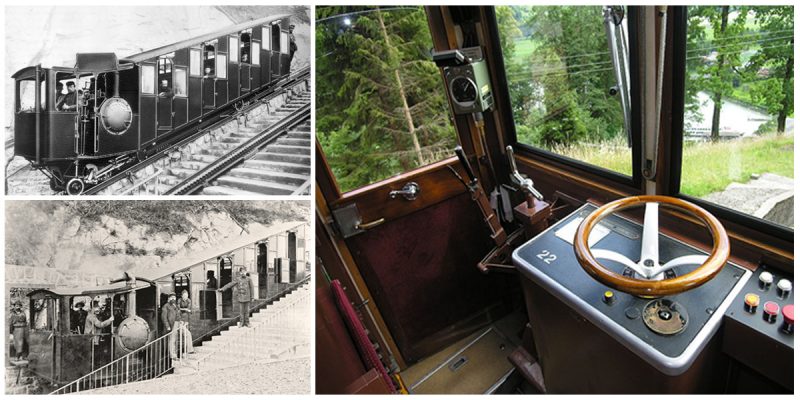The Pilatus railway is a mountain railway in Switzerland that connects Alpnachstad on Lake Lucerne to a terminus near the summit of Mount Pilatus.
At an altitude of 2,073 meters, it is considered the steepest rack railway in the world, with a maximum gradient of 48% and an average gradient of 35%.
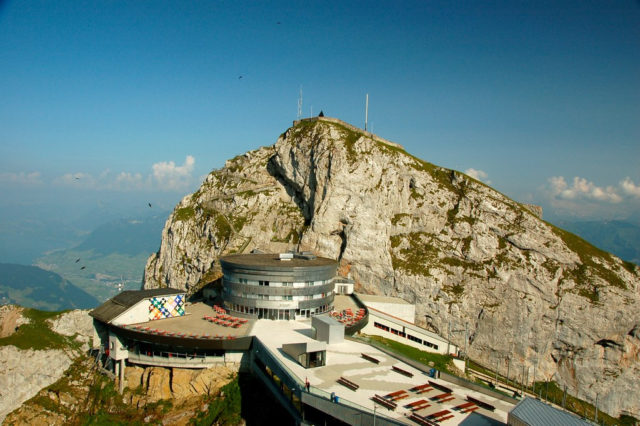
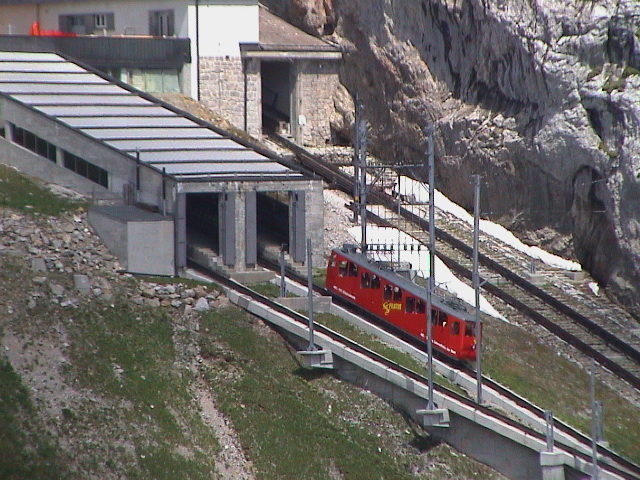
The first project to build the line was proposed in 1873, suggesting a 1,435 mm standard gauge and 25% maximum gradient. However, it was concluded that the project would not be economically viable.

Eduard Locher, a Swiss engineer from Zürich with great practical experience, devised a unique system with the maximal grade raised to 48% to cut the length of the route in half. Locher came from a family of engineers already active in the construction of railroads, buildings, bridges, and tunnels since the 1830s.
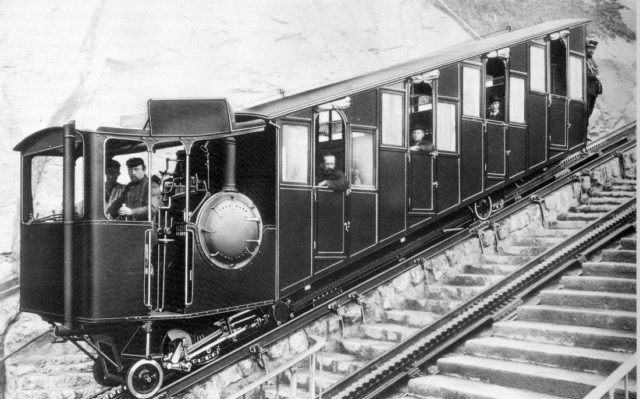
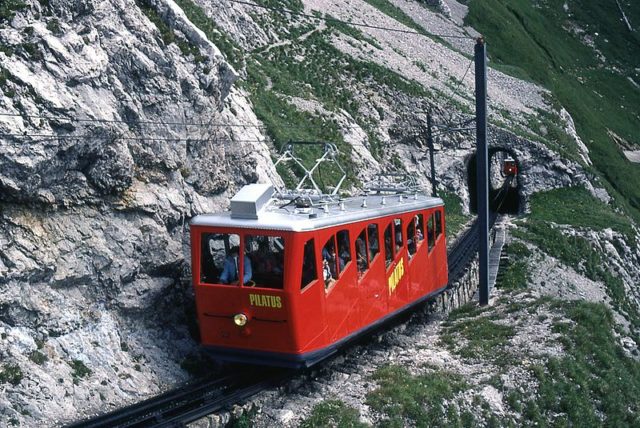
On 24th June 1885, the concession for the construction of the railway was granted and four years later the line started operating. The rack was actually doubled, engaged by opposing twin horizontal cogwheels carried on vertical shafts under the car.
This design eliminated the possibility of the cogwheels climbing out of the rack and additionally prevented the car from toppling over, even under the severe cross winds common in the area.

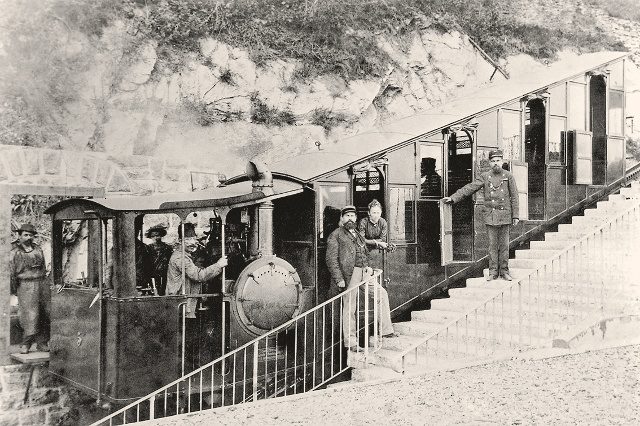
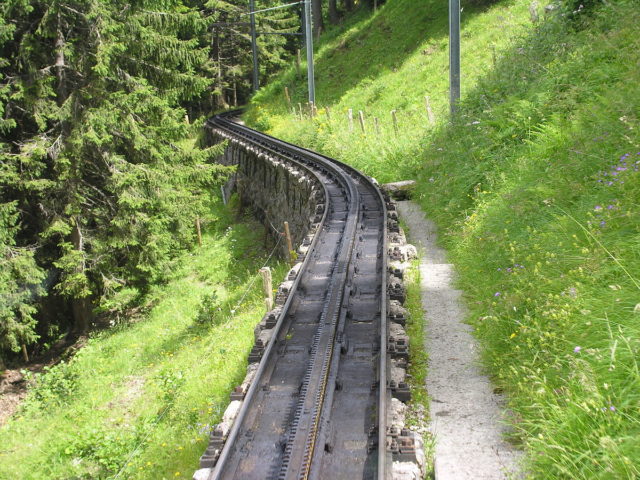

Specially designed automatic brakes prevented the train from exceeding a strictly limited speed and ensured its safety. The car’s electric engines are used as generators to brake the car during descent, but this electricity is not reused – it is just dissipated as heat through resistance grids.
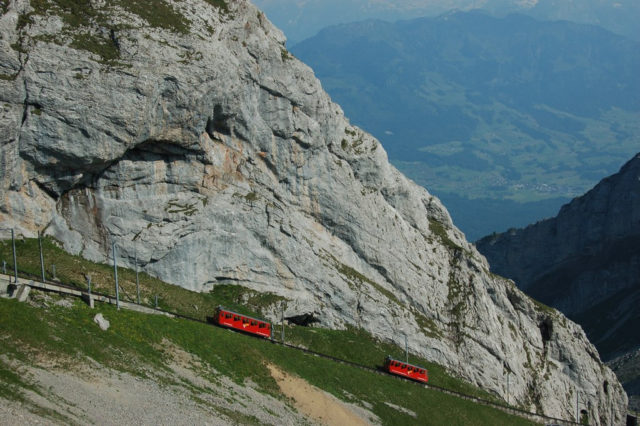
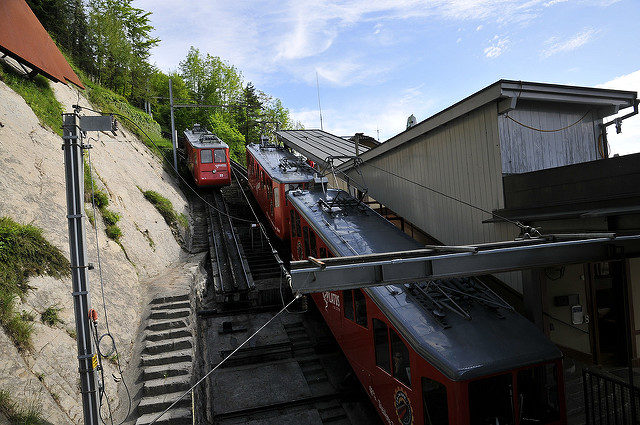
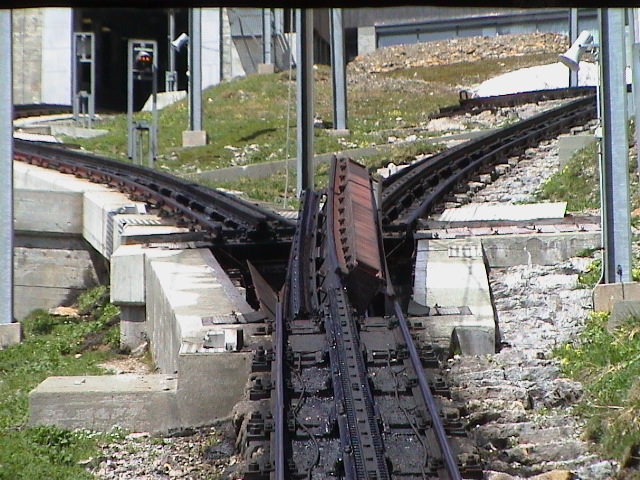
Originally, the steam engines were used as compressors to provide dynamic braking, since the use of friction brakes alone is not practical on such steep slopes. Two original steam cars still exist.
One is on loan to the Verkehrshaus der Schweiz (Swiss Museum of Transport and Communication) in Lucerne, and the other at the Eisenbahnmuseum (Railway Museum) in Munich, Germany.
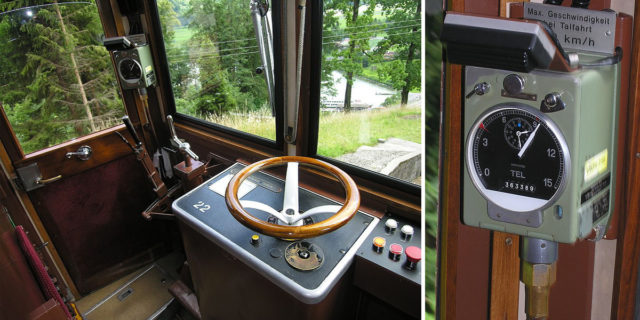
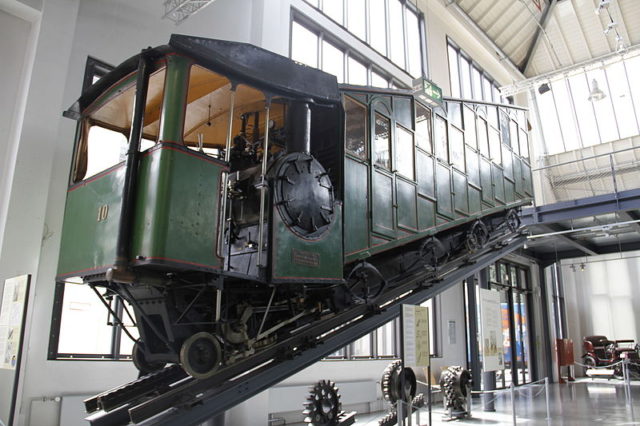
The scenery route operates between May and November when the cog railway is not buried by snow, with trains departing every 45 minutes during the day. Today, the cog railway transports about 300,000 passengers a year to the top of the mountain in about 40 minutes.
